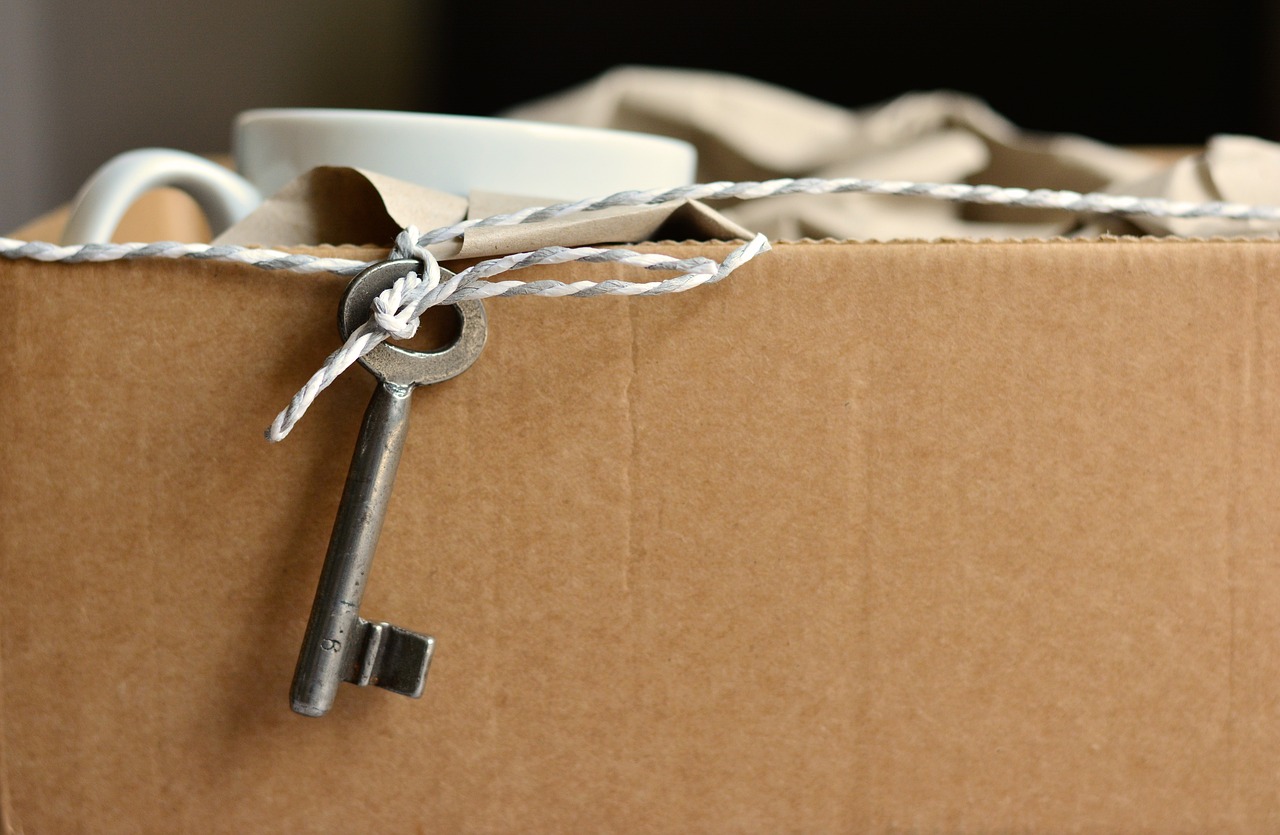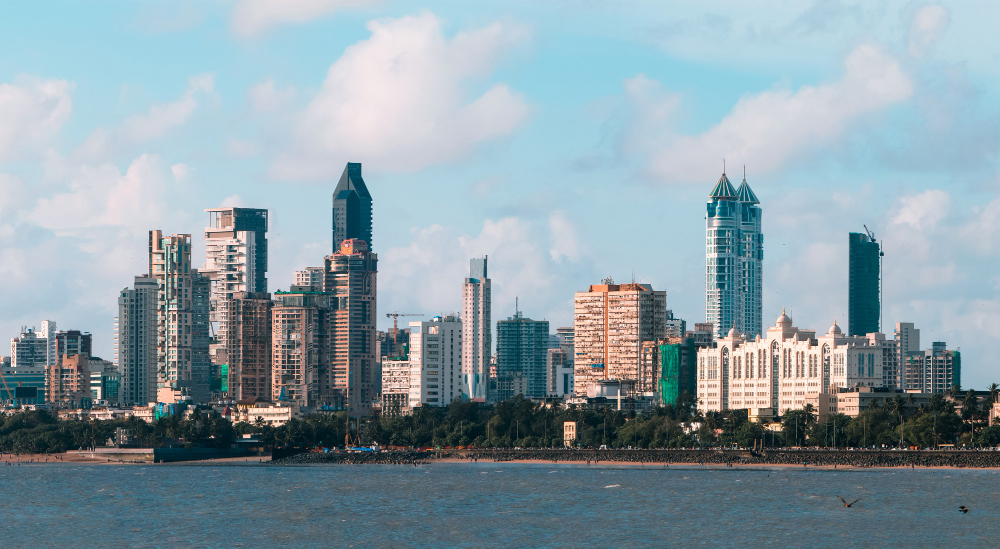Bagged Packaged Goods- Why to Choose, Advantages & Disadvantages
Packaged goods encompass a wide range of consumer products that are packaged for sale and use. These goods include food and beverages, household items, personal care products, and more. Packaging plays a critical role in protecting these products, ensuring their quality, and making them convenient for consumers. Understanding the dynamics of packaged goods is essential for businesses aiming to meet consumer needs and preferences while navigating the competitive landscape of the retail market.
Table of Contents
What are packaged goods?
Packaged goods are products that are enclosed in packaging for protection, preservation, and marketing. These products include a variety of consumer items such as food, beverages, cleaning supplies, and personal care products. Packaging helps in extending the shelf life, maintaining product quality, and providing important information to consumers.
Advantages of packaged goods
The advantages of bagged packaged goods include ease of use, portability, and convenience. Bagged packaged goods are also often resealable, which helps to keep the product fresh for a longer period of time.
There are several advantages of packaged goods:
Convenience: Packaged goods provide customers with a quick and convenient way to purchase products without the need for additional preparation.
Protection: Packaging protects the product from damage during transportation and storage, ensuring that the product reaches the customer in good condition.
- Preservation: Packaging helps to preserve the product’s freshness, flavor, and nutritional value by reducing exposure to light, air, moisture, and other elements that can cause spoilage.
- Brand Awareness: Packaging can help to build brand recognition and loyalty. Companies often use packaging to communicate information about the product and its benefits to the consumer.
- Portability: Packaging makes it easy for consumers to take products with them when they are on the go. This is especially important for products like snacks and drinks that are meant to be consumed outside of the home.
- Sustainability: Packaging can be made from recyclable materials, which reduces waste and promotes sustainability. Some companies are also using environmentally friendly packaging materials to appeal to consumers who are environmentally conscious.
Cost-effective: Packaging can help to reduce costs by providing a more efficient and cost-effective way to distribute and store products. By reducing waste and spoilage, packaging can also help to improve the overall profitability of a business.
Define Bagged Packaged Goods:
Bagged packaged goods are products that are packaged in a bag made of plastic, paper, or another material. The product is placed inside the bag and then the bag is sealed to contain the product. Bagged packaged goods are common for products such as chips, snack foods, cereal, and pet food.
Disadvantages of Packaged Goods
However, there are also disadvantages of bagged packaged goods, including waste and environmental impact. Many bags are not recyclable or biodegradable, which means that they can contribute to the growing problem of plastic waste and litter. Additionally, some bag materials may contain harmful chemicals that can leach into the product, affecting its quality and safety.
Also Read: Vegas X Login: How to Register and Access Your Account
There are also several disadvantages of packaged goods:
Environmental impact: Packaging materials, especially single-use packaging, can contribute to the growing problem of plastic waste and litter. This has a negative impact on the environment and wildlife.
- Health concerns: Some packaging materials, such as Bisphenol A (BPA) and phthalates, have been linked to potential health hazards. This has raised concerns about the safety of packaged food and drinks, especially for children and pregnant women.
- Increased waste: Packaging generates a significant amount of waste, which can contribute to the growing problem of waste management and disposal.
- Cost: Packaging can increase the cost of a product, which may not be affordable for some consumers. This is particularly true for low-income households.
- Deception: Packaging can be misleading and make claims about the product that are not true. For example, some packaging may claim to be “all natural” or “organic” when the product inside is not actually made from natural or organic ingredients.
- Unnecessary packaging: Some products are packaged in excess, which contributes to waste and increases the cost of the product.
Inconvenient for those with disabilities: Some packaging, especially single-use packaging, can be difficult for people with disabilities to open. This can cause frustration and inconvenience for these individuals.
Why is packaging important for consumer goods?
Bagged Packaged Goods (BPG) refers to consumer packaged goods that are packaged and sold in bags. This type of packaging is popular for a variety of food items, such as chips, snacks, coffee, and other dry goods. Bagged packaged goods are convenient, easy to store, and often resealable, making them a popular choice for consumers. They also offer a large surface area for branding and marketing messages, making them an attractive choice for manufacturers and marketers as well. Packaging is essential for several reasons:
- Protection: It shields products from damage, contamination, and spoilage.
- Preservation: It helps in maintaining the freshness and quality of perishable items.
- Convenience: It makes products easy to handle, store, and transport.
- Information: Packaging provides important details like ingredients, usage instructions, and expiration dates.
- Branding: It serves as a marketing tool, helping to attract customers and communicate the brand’s message.
Why to use Packaged goods
Packaged goods refer to consumer products that are packaged in a container, usually made of paper, plastic, or metal, and sold to customers. These goods are packaged for several reasons:
- Protection: Packaging helps protect the product from damage during transportation and storage.
- Convenience: Packaged goods are easy to handle, store, and use. They can be taken on the go and are easy to store in small spaces.
- Portion control: Packaging allows manufacturers to control the amount of product in each package, making it easier for consumers to measure and use the right amount.
- Brand recognition: Packaging is an important part of a product’s branding and marketing. It helps consumers identify the product and recognize the brand.
- Product information: Packaging often includes important information about the product, such as its ingredients, usage instructions, and warnings.
Overall, packaging is an important aspect of the consumer goods industry, helping to ensure the quality and safety of products, making them more convenient to use, and promoting brand recognition.
How does packaging influence consumer behavior?
It is important to consider the type of bag used and to choose bags that are environmentally friendly and can be properly disposed of. Reducing waste by choosing reusable bags, and properly disposing of bags that cannot be reused, is a step in the right direction for a more sustainable future. Packaging significantly impacts consumer behavior in several ways:
- Attractiveness: Eye-catching packaging can draw attention and encourage purchase decisions.
- Functionality: Convenient and easy-to-use packaging can enhance the user experience.
- Perception: High-quality packaging can elevate the perceived value of the product.
- Information: Clear and informative packaging can help consumers make informed choices.
Bagged Packages are Better for the Environment?
The answer to whether bagged packages are better for the environment is not a straightforward one. It depends on several factors, such as the type of bag used and how it is disposed of.
Reusable bags, such as cloth or mesh produce bags, are a more environmentally friendly option as they can be used multiple times and do not contribute to waste. However, they may not be suitable for all products, such as those that are heavy or messy.
On the other hand, traditional single-use plastic bags are a major contributor to plastic waste and litter and can take hundreds of years to break down in the environment. They can also harm wildlife and marine life.
What are some trends in the packaging industry?
It is important to note that not all bagged packaged goods are equal in terms of sustainability. It is important to choose bags that are environmentally friendly and can be properly disposed of. Additionally, it is important to consider the type of product being packaged, as some products may not be suitable for bagged packaging. Some current trends in the packaging industry include:
- Sustainability: There is a growing demand for eco-friendly packaging materials and designs that reduce environmental impact.
- Smart Packaging: Innovations such as QR codes, RFID tags, and augmented reality are being integrated into packaging for enhanced consumer engagement and product tracking.
- Minimalism: Simplified, clean designs that reduce waste and focus on essential information are becoming popular.
- Personalization: Customizable packaging options that cater to individual preferences and enhance the consumer experience are on the rise.
Why You Should Consider Switching to Bagged Packaged Goods?
There are several reasons why you may consider switching to bagged packaged goods:
Convenience: Bagged packaged goods are often easy to use, store, and transport, making them a convenient option for everyday use.
- Freshness: Bagged packaged goods are often resealable, which helps to keep the product fresh for a longer period of time. This is especially important for products like snacks, cereal, and pet food.
- Cost savings: Bagged packaged goods can be more cost-effective than other types of packaging, especially for products that come in bulk. This can save you money in the long run.
- Reduces waste: By choosing bagged packaged goods over other types of packaging, you can help to reduce the amount of waste generated, which is a step in the right direction for a more sustainable future.
Environmentally friendly options: Bagged packaged goods made from biodegradable or compostable materials, such as paper or biodegradable plastic, are a more environmentally friendly option as they break down into natural materials. Reusable bags, such as cloth or mesh produce bags, are also a more sustainable option as they can be used multiple times and do not contribute to waste.
What challenges does the packaging industry face?
Bags made of biodegradable or compostable materials, such as paper or biodegradable plastic, are generally better for the environment because they break down into natural materials. However, these materials may not be widely available in all areas, and they may also not be recyclable in all recycling facilities. The packaging industry faces several challenges, including:
- Environmental Concerns: Reducing the environmental impact of packaging materials and processes.
- Cost Management: Balancing the cost of innovative packaging solutions with affordability for consumers.
- Regulatory Compliance: Adhering to various regulations and standards related to packaging materials, labeling, and safety.
- Supply Chain Issues: Managing supply chain disruptions and ensuring the availability of packaging materials.
- Consumer Expectations: Meeting evolving consumer preferences for sustainable, functional, and aesthetically pleasing packaging.
Conclusion
Packaged goods are a vital part of the consumer market, encompassing a wide range of products that are essential in everyday life. The role of packaging extends beyond mere containment, serving as a protector, preserver, and communicator for the products it encases.
Also Read: Medihelp Advisor Login
Staying abreast of trends and addressing challenges in the packaging industry is crucial for businesses aiming to meet consumer demands and remain competitive. By focusing on innovation, sustainability, and functionality, companies can enhance the appeal and effectiveness of their packaged goods, ultimately driving consumer satisfaction and loyalty.




